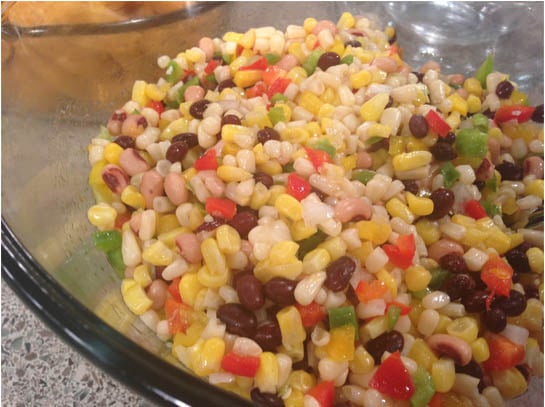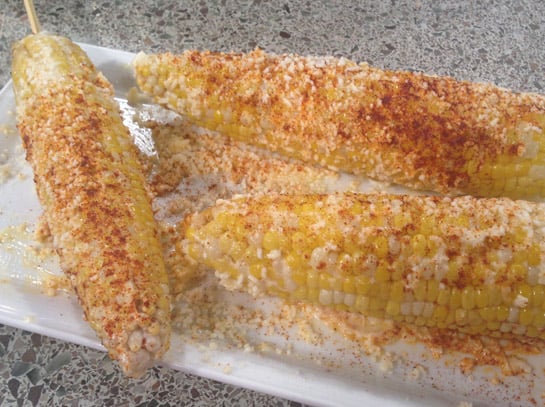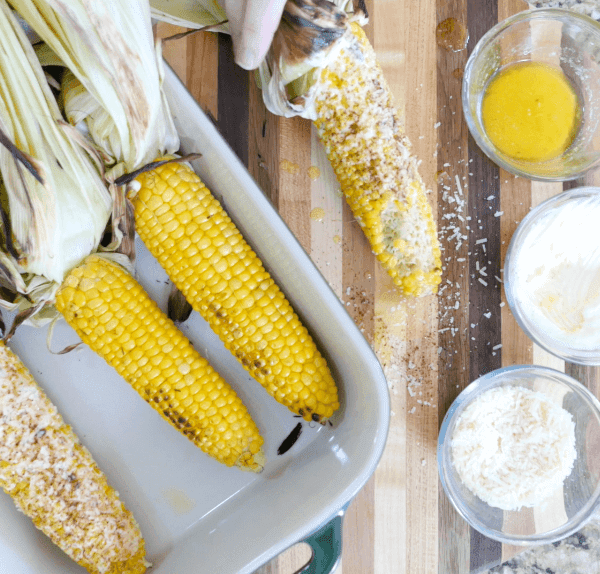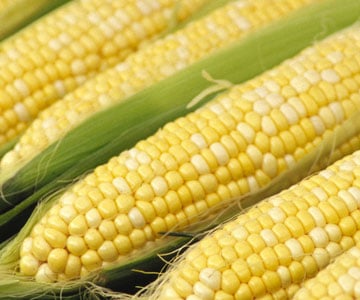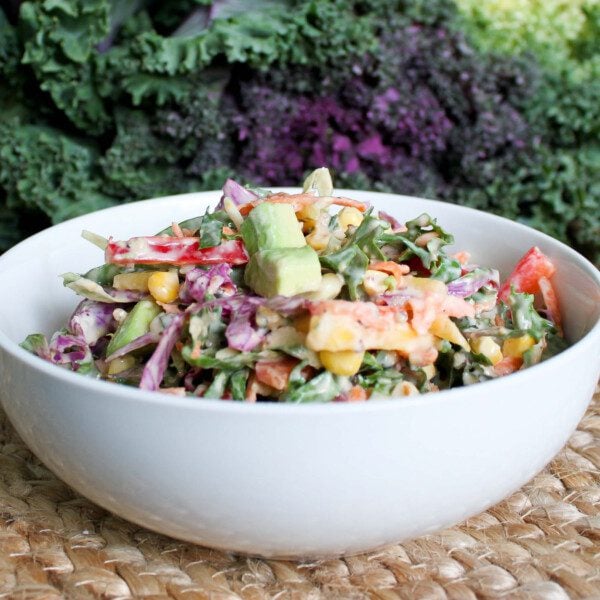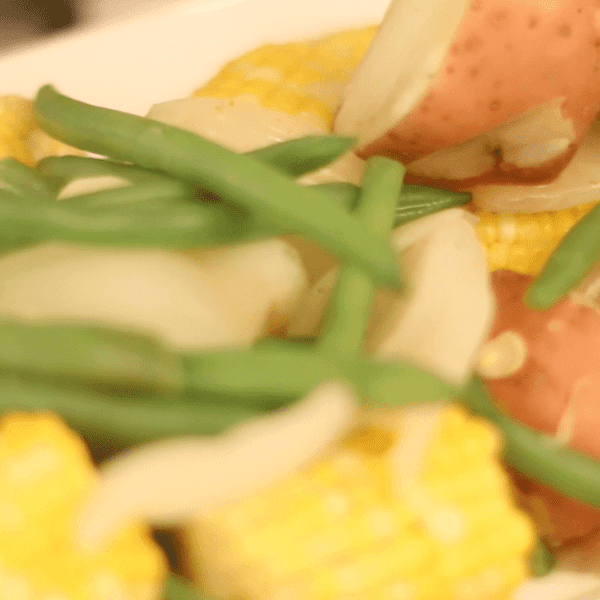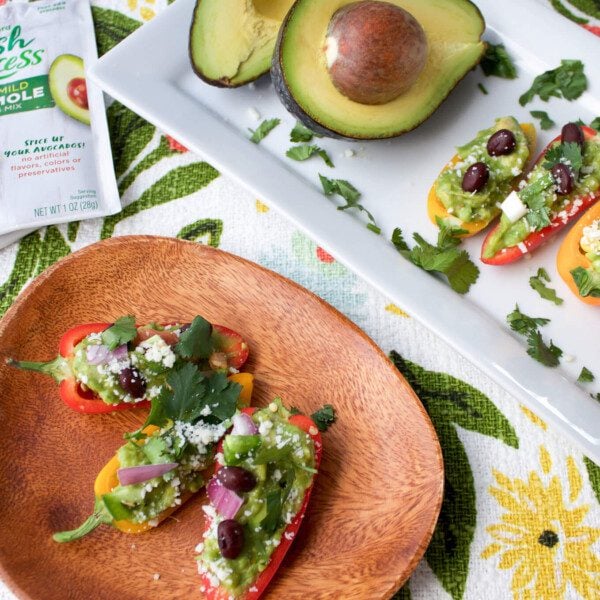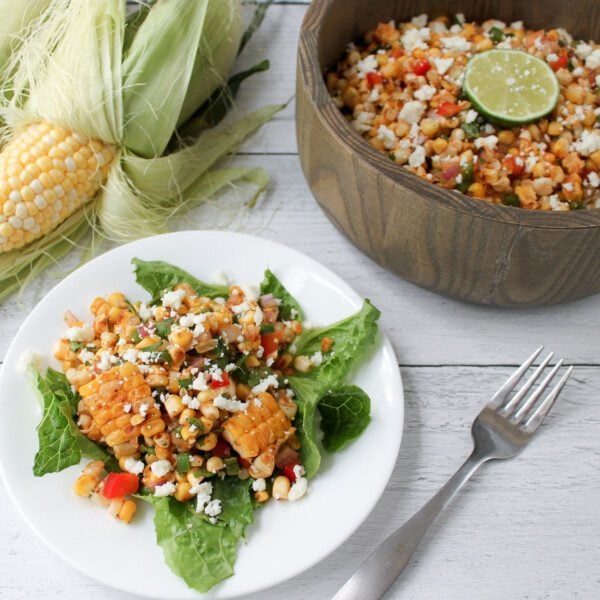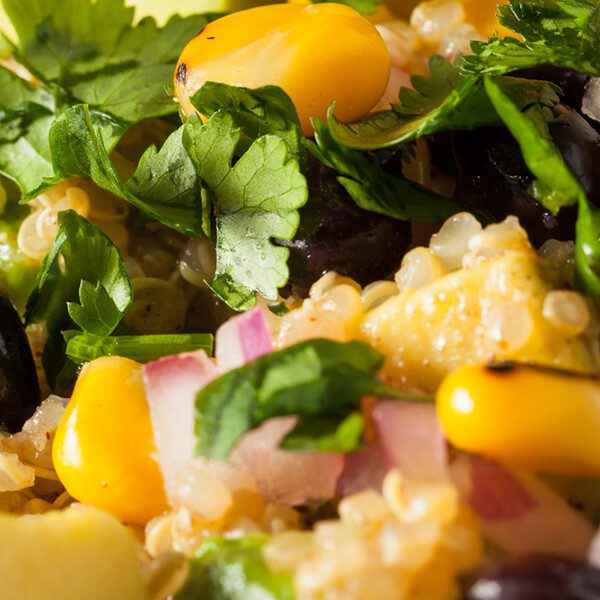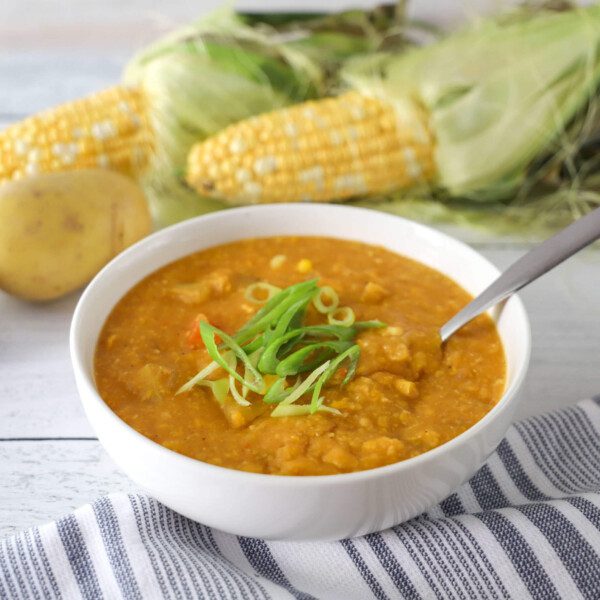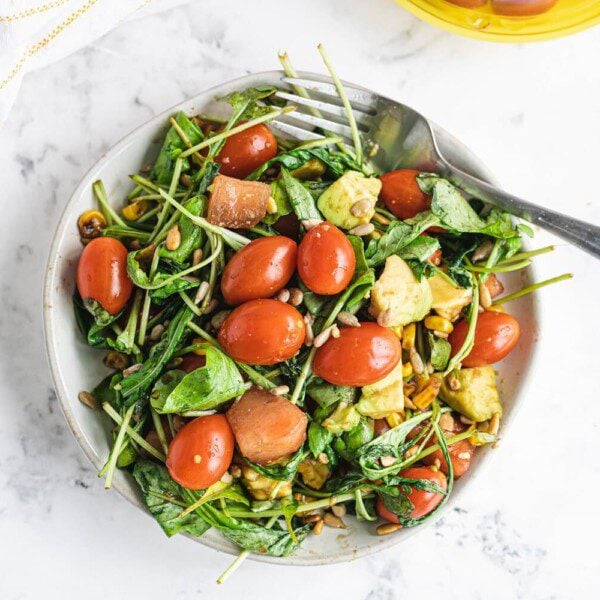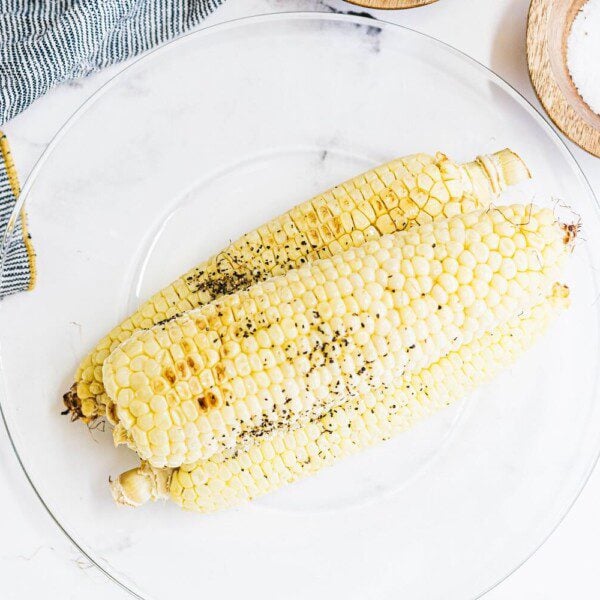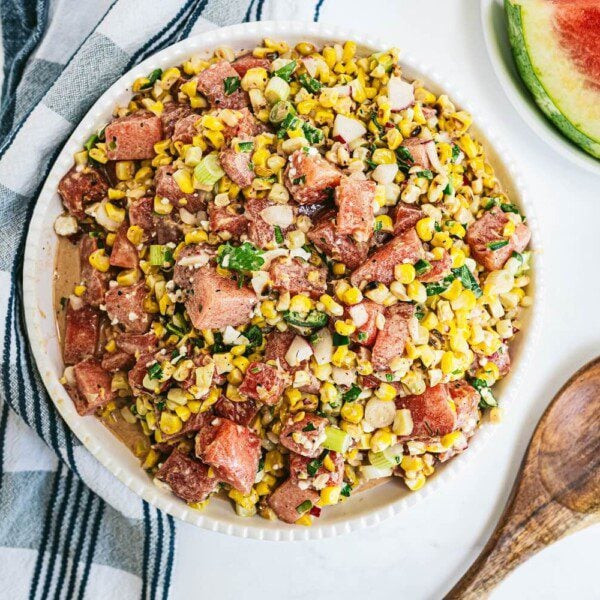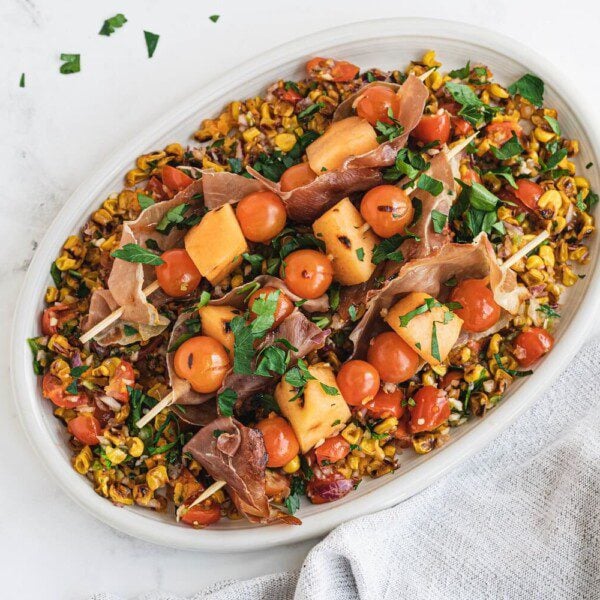How to Select Corn
- If possible, select corn still wrapped in a husk, as the husk protects and prolongs the corn’s flavor after it is harvested. The husk should be bright green and not dry or browning. Avoid corn with a limp or bruised husk. Check the entirety of the husk for any holes, which may indicate worms have invaded the cob.
- Look for corn with pale, moist, even sticky silk. Avoid corn with brown, dry, or matted silk, which indicate older corn.
- Do not peel the husk to look at the cob inside – this damages the corn. Rather, lift the corn to test its weight. Choose corn that feels heavy for its size – that indicates juicier corn. Light corn cobs will have begun to lose their moisture and become starchy.
When is Corn in Season?
Corn is a warm-weather crop and the largest crop in the US. In the United States, sweet corn is typically planted in late spring and harvested in late summer or early fall. While you can usually find corn year-round in the stores, the peak season is from June to September. Look for ears with green, tightly wrapped husks and plump, golden-yellow kernels.
Varieties of Corn
These are the main varieties of corn:
- Sweet corn: Sweet corn is the most popular corn known for its sweet, tender kernels. A popular vegetable, sweet corn comes in a variety of colors, including yellow, white, and bi-colored.
- Popcorn: Popcorn is grown explicitly for popping. It has a hard outer shell that can withstand the high heat needed for popping, and it typically pops into small, fluffy kernels.
- Dent corn: Dent corn is typically used for animal feed, cornmeal, and ethanol production. It’s known for its unique “dent” on the top of each kernel, caused by the starch inside shrinking as the kernel dries.
- Flint corn: Flint corn is known as Indian corn because of its hard outer shell, which makes it ideal for grinding into cornmeal. It’s available in a variety of colors, including red, blue, purple, and yellow.
- Flour corn: Flour corn is ideal for making corn flour because of its soft shell. It’s easy to grind and composed of soft starch. It’s mostly white corn but can come in other colors like blue.
- Waxy corn: Waxy corn is a variety of corn that is known for its high amylopectin content, which is good for making syrups and other food products. It’s typically used in industrial food production and not usually sold as a fresh vegetable.
Corn Nutrition Facts & Benefits
A nutrient-rich vegetable, corn has many health benefits:
Nutritional Facts
Serving size: I cup cooked corn kernels
Approximate 130 calories
- 2 grams of fat
- 4 grams of protein
- 30 grams of carbohydrates
- 5 grams of natural sugar
- 2 grams of fiber
Health Benefits
A few main health benefits of corn:
- Corn contains carotenoids, lutein and zeaxanthin that can improve eye health.
- Eating corn and popcorn can prevent diverticular diseases.
- Corn has high amounts of antioxidants like ferulic acid, anthocyanin, zeaxanthin, lutein, and phytic acid.
How to Store Corn
- Corn will keep for about five days in your refrigerator. Simply place the corn, with husks intact, in your fridge wrapped loosely in an unsealed plastic bag, such as a grocery store bag.
- Only shuck your corn when you are ready to prepare it.
- Corn can be frozen for up to a year. Remove the corn husks and blanch the corn cobs before placing them in the freezer.
How to Prepare Corn
These are the most popular preparation methods for corn:
- Boiled: Boiling is one of the most popular and simple ways to prepare corn. Remove the husks and silk from the ears of corn and bring a large pot of water to a boil. Add the corn and cook for about 5-7 minutes or until tender.
- Grilled: Grilled corn is a popular way to prepare corn during the summer. Remove the husks and silk from the ears. Grill them over medium-high heat for about 8-10 minutes, occasionally turning, until the kernels are tender and slightly charred.
- Roasted: Roasting corn in the oven is another great way to prepare corn. Preheat your oven to 375°F and put the ears of corn on a baking sheet. Roast for 25-30 minutes or until tender.
- Creamed: Creamed corn is a classic side dish that is made by cutting the kernels off the cob and then sautéing them in butter and cream.
